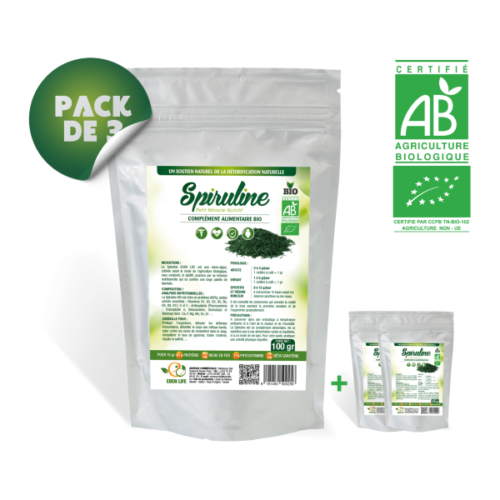The clinicalheterogeneity likely reflects the genetic heterogeneity of the disease. Thedifficulties of genetic studies are compounded by environmental heterogeneity inaccess to alcohol and social norms related to drinking. The purpose of the Collaborative Study on the Genetics of Alcoholism (COGA) is to advance knowledge about the complex influences of gene and 2cb effects environment on development and progression of alcohol use disorder (AUD). New genetic variants have been identified, refined endophenotypes have been characterized, and functional information has begun to emerge on known genetic variants that influence risk for and protection from AUD.
The results of several studies suggest that there are likely to be independent, complex contributions to alcoholism vulnerability from both linked genes 52–54. Majority of genomic data for large alcohol consumption and AUD meta-analysis was either from UKBiobank or from Million Veterans Project. Several other cohorts from dbGAP also contributed to large sample size of alcohol consumption GWAS by Liu et al, 2019. Genome-wide data on 14,904 DSM-IV diagnosed AD individuals and 37,944 controls from 28 case/control and family-based studies were meta-analyzed for PGC’s AD GWAS. It is now appreciated that a whole spectrum of allele frequencies andeffect sizes may play roles, from common variations with small effects throughrare variants of large effect. As whole exome and whole genome sequencingtechnologies come down in cost, they are being applied to identifying rarevariants.
Health Challenges
- Published today in Nature Mental Health, the study was led by researchers at the Washington University in St. Louis, along with more than 150 coauthors from around the world.
- More than 800,000 of the people affected are children between the ages of 12 and 17 years.
- Recognizing alcoholism as a disease promotes early intervention, access to appropriate healthcare services, and ongoing support for people struggling with AUD.
- If drinking alcohol makes you feel ill, you may be more likely to avoid alcohol in the first place, which can reduce the chances of developing alcohol use disorder.
The test is free, confidential, and no personal information is needed to receive the result. This isn’t to say that people who have experienced the above will definitely develop alcohol use disorder. If what to do if you have been roofied drinking alcohol makes you feel ill, you may be more likely to avoid alcohol in the first place, which can reduce the chances of developing alcohol use disorder. ADH1B and ALDH2 may also protect against both alcohol consumption and alcohol use disorder.
The Role of Environment in Alcoholism
According to the National Institute on Alcohol Abuse and Alcoholism (NIAAA), 5.6% of adults in the United States were living with alcohol use disorder in 2019. Your socioeconomic status can directly affect your mental and physical well-being. If you live in a situation of poverty, for example, or in an area how to recover from being roofied with limited resources, you may be less likely to have access to quality foods, community services, or adequate healthcare. Many factors are involved in the development of AUD, but having a relative, or relatives, living with AUD may account for almost one-half of your individual risk. According to the 2021 National Survey on Drug Use and Health, AUD affects approximately 29.5 million people in the United States. More than 800,000 of the people affected are children between the ages of 12 and 17 years.
Alcohol use disorder (AUD) is a diagnosis once referred to as “alcoholism.” It’s a condition characterized by patterns of excessive alcohol misuse despite negative consequences and major distress in important areas of daily function. †Note that the official names of several ADH genes have been changed, and theliterature has been confused by some groups using non-standard names for some ofthe genes29. Published today in Nature Mental Health, the study was led by researchers at the Washington University in St. Louis, along with more than 150 coauthors from around the world. American Addiction Centers (AAC) is committed to delivering original, truthful, accurate, unbiased, and medically current information.
AUD doesn’t form because of a single gene, nor are genetics the only reason why someone develops an alcohol use disorder. Alcohol use disorder used to be referred to as alcoholism, alcohol addiction, or alcohol abuse. This condition affects several brain systems, which can cause some people to form a physical dependency on alcohol. The classification of an alcohol use disorder as a disease has significant implications for prevention and treatment.
Genetics of alcohol-associated diseases
Alcoholism is known to be moderately heritable yet the search for genetic vulnerability factors has proven to be more difficult than originally thought and to date only a small proportion of the genetic variance has been accounted for. Over the past decade there have been tremendous advances in large scale SNP genotyping technologies and next generation sequencing and these technologies, including GWAS arrays and whole genome sequencing, are now widely available. Results of GWAS suggest that numerous common variants with very small effect and potentially rare variants with large effects are likely to encode proteins within, or regulate, numerous biological pathways. The current hope is that with very large sample sizes, GWAS will provide novel information about genetic underpinnings of alcoholism, including gene pathways that are altered in disease.
How Do Genes Affect the Brain and Addiction?
But while research is still ongoing to identify causative and protective genes for alcohol use disorder, it is not currently routine practice to test for these genes. There isn’t one single “alcohol use disorder gene.” Rather, there are many different genes that may influence whether someone develops an alcohol use disorder. Genetics may play a role in alcohol use disorder (AUD), but other factors might also contribute to the development of this condition. But substance abuse isn’t determined only by the genes you inherit from your parents. Ethanol is metabolized largely in the liver by alcohol dehydrogenases (ADH) to the toxic acetaldehyde which is then converted to acetate by aldehyde dehydrogenases (ALDH), primarily by the mitochondrial enzyme ALDH2.
Other than genetics, there are a number of risk factors for developing alcohol use disorder. Awareness of the need for large sample sizes for GWAS has resulted in the formation of large scale collaborations for sharing data, such as the Psychiatric Genomics Consortium 82. However, one risk of this approach is to potentially increase phenotypic heterogeneity. Qualified investigators can access freely available GWAS datasets via the database of Genotypes and Phenotypes (dbGaP) 83 and several studies have used this resource for replication samples. A review of studies from 2020, which looked at a genome-wide analysis of more than 435,000 people, found 29 different genetic variants that increased the risk of problematic drinking. The previous COGA studies have provided critical information to better understand the genetic and biological underpinnings of AUD.












